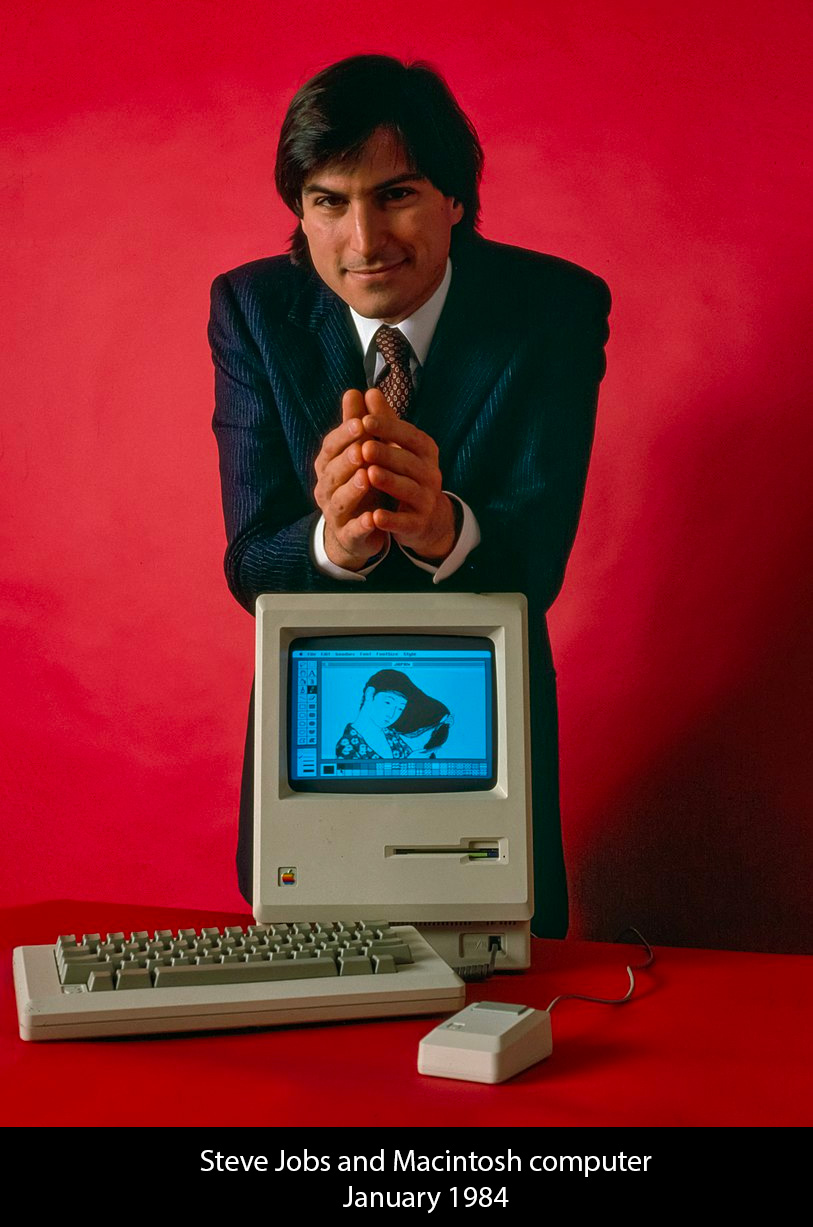 History of Business in America: Economic Turbulence, Big Business and the Rise of Technology (1970-1989)
History of Business in America: Economic Turbulence, Big Business and the Rise of Technology (1970-1989)
The period from 1970 to 1989 in the United States was marked by significant economic, political, and social changes that influenced the direction of American business and the broader U.S. economy. This era saw the end of the post-World War II economic boom, a series of economic challenges including stagflation, and the beginning of the shift towards a more service-oriented and technology-driven economy.
…….
1970s
Stagflation and Oil Crisis (1970-1974):
- End of Post-War Boom: The sustained economic growth that followed World War II began to slow down. Factors contributing to this slowdown included the diminishing returns of the manufacturing sector, increased international competition, and the limits of the Keynesian economic policies that had previously driven expansion.
- The 1970s began with an economic slowdown and high inflation, a phenomenon known as stagflation.
- The decade was marked by two major oil shocks in 1973 and 1979. The OPEC oil embargo in 1973 led to skyrocketing oil prices and significant supply shortages, severely impacting the U.S. economy which was heavily dependent on oil. (In 1973, OPEC imposed an oil embargo in response to U.S. support for Israel during the Yom Kippur War.) The second oil crisis in 1979, caused by the Iranian Revolution, further exacerbated economic difficulties.
- These oil crises and the quadrupling of oil prices, triggered an energy crisis and economic disruptions worldwide.
Deindustrialization:
- American manufacturing faced challenges due to increased global competition, rising labor costs, and technological changes.
- Rust Belt states, particularly in the Midwest, saw the decline of traditional industries like steel, automotive, and textiles, leading to job losses and economic downturns in many regions.
Technological Advancements:
- The 1970s witnessed significant technological breakthroughs, including the development of the microprocessor and the rise of personal computing.
- Companies like IBM, Apple, and Microsoft emerged as leaders in the burgeoning tech industry, laying the groundwork for the digital revolution.
Regulatory Environment:
- The era saw the expansion of government regulation in response to social and environmental concerns.
- Agencies like the EPA and OSHA were established, imposing stricter regulations on businesses regarding pollution control, workplace safety, and consumer protection.
Rise of Multinational Corporations:
- American businesses expanded globally, establishing operations in foreign markets to access resources, labor, and new consumer bases.
- Multinational corporations became increasingly influential, shaping global trade patterns and investment flows.
1980s
Reaganomics and Deregulation (1980s):
- President Ronald Reagan implemented economic policies known as Reaganomics, emphasizing tax cuts, deregulation, and free-market principles.
- Deregulation initiatives were launched in industries such as telecommunications, airlines, and finance, aiming to promote competition and spur economic growth.
- Economic Recovery: These policies, along with a decline in oil prices and the Federal Reserve’s aggressive inflation targeting, contributed to an economic recovery. The U.S. economy experienced a period of significant growth during the mid to late 1980s.
Leveraged Buyouts and Hostile Takeovers:
- The 1980s witnessed a wave of corporate restructuring, characterized by leveraged buyouts (LBOs) and hostile takeovers.
- Financiers like Michael Milken popularized junk bonds, facilitating acquisitions and corporate raiding.
- The 1980s marked the proliferation of technology-driven industries, including personal computing, telecommunications, and biotechnology.
- Companies like Apple, Microsoft, and Genentech led innovation, revolutionizing business practices and consumer lifestyles.
Financial Market Developments:
- The era saw the emergence of new financial instruments, such as derivatives, leveraged derivatives, and asset-backed securities.
- Wall Street experienced rapid growth, with investment banking and securities trading becoming increasingly prominent.
- The 1980s were marked by a booming stock market, culminating in the 1987 crash, which was the largest one-day market crash in history. Despite this, the financial sector continued to expand, with financialization becoming a significant aspect of the economy.
Globalization:
- Globalization accelerated, driven by advancements in transportation, communication, and trade liberalization.
- American businesses expanded overseas, participating in global supply chains and facing intensified competition from foreign rivals.
- Trade agreements, such as the Canada-U.S. Free Trade Agreement in 1988, set the stage for the later North American Free Trade Agreement (NAFTA).
Overall Impact
- The period from 1970 to 1989 was marked by economic turbulence, technological innovation, and profound structural changes in the American economy.
- While Reaganomics and deregulation promoted economic growth and entrepreneurship, they also contributed to income inequality and financial instability.
- The rise of technology and globalization reshaped industries and business practices, leading to both opportunities and challenges for American companies.
- The legacy of these developments would shape the economic landscape of the United States for decades to come, setting the stage for further globalization, technological advancement, and economic policy debates.
Main Image Source: Wikimedia Commons | Oil Shortage: Wikimedia Commons | Steve Jobs: Wikimedia Commons
Content Sources: Original | Generative AI



